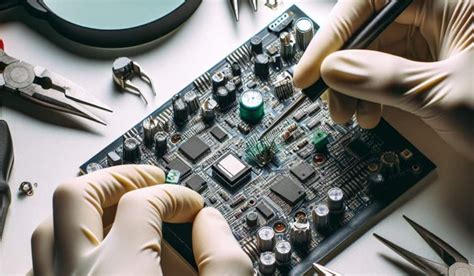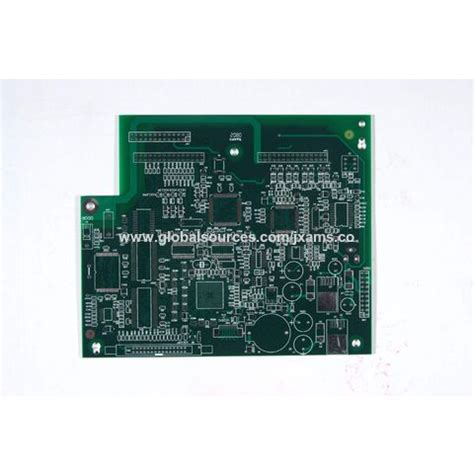Efficient Techniques for Prototype Circuit Board Assembly
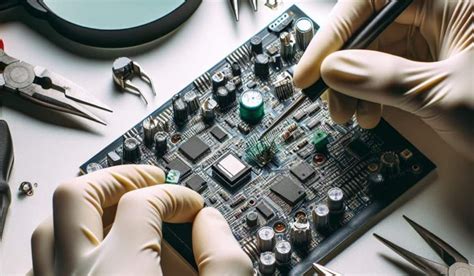
Key Takeaways
Efficient pcb assembly is fundamental for any successful project in electronic design. To achieve this, it is crucial to adhere to best practices that optimize the process and reduce potential errors. Utilizing advanced tools specific for pcba can streamline operations, allowing for precise placement of components and ensuring that each connection is reliable. In addition, implementing effective communication and documentation throughout the assembly process not only enhances clarity but also fosters collaboration among team members, which is essential in addressing challenges rapidly.
A well-structured approach can significantly improve productivity; by analyzing past projects and recognizing recurring bottlenecks, teams can formulate strategies to minimize downtime during the circuit board assembly phase. Consider maintaining a checklist of common issues the team may encounter, enabling them to proactively tackle these problems as they arise.
The table below summarizes these key techniques and tools essential for optimizing prototype circuit board assembly:
| Technique/Tool | Benefit |
|---|---|
| Automated assembly machines | Increases speed and reduces manual errors |
| Quality assurance protocols | Ensures reliability of connections |
| Collaborative software tools | Enhances communication among design teams |
| Modular test setups | Simplifies troubleshooting during testing phase |
By emphasizing these vital components, teams can ensure that they’re not only assembling a prototype with efficiency but also preparing for successful production runs in the future. Streamlined processes together with effective tools create a synergy that empowers designers to innovate confidently in an ever-evolving industry landscape.
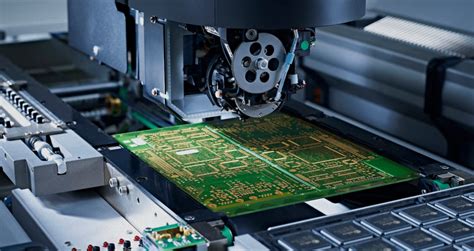
Introduction to Prototype Circuit Board Assembly
In today’s fast-paced technological environment, the need for efficient pcb assembly is paramount, particularly in the development of prototypes. As electronic design continues to evolve, engineers and designers are faced with the challenge of creating reliable and effective pcba solutions that not only meet design specifications but also adhere to time constraints and budget limitations. Prototype circuit board assembly is the first step in transforming a conceptual design into a tangible product, making it essential to implement effective techniques from the outset. This process involves meticulous coordination of various factors, including component selection, alignment, soldering techniques, and quality control measures.
Moreover, utilizing advanced tools and methodologies can significantly streamline this process. Achieving a balance between speed and accuracy is crucial—rushing through prototypes can lead to costly errors that may necessitate extensive revisions down the line. Implementing a systematic approach ensures that every stage of assembly is executed with precision while optimizing resource use.
"Efficiency in prototype assembly can significantly influence overall project success; therefore, harnessing best practices from the beginning sets a solid foundation for innovation."
By embracing these principles and remaining attentive to detail throughout the pcb assembly process, teams can enhance productivity and drive the successful development of their electronic designs.
Best Practices for Streamlining the Assembly Process
Streamlining the pcb assembly process is critical for achieving efficiency and reducing production timelines. One of the best practices involves meticulous planning, which includes creating a comprehensive bill of materials (BOM) to ensure that all components are available before assembly begins. Utilizing automated tools for both soldering and assembling can greatly enhance precision while minimizing human error. It’s essential to establish an organized workspace where everything from tools to components is easily accessible, thereby improving workflow. Implementing a checklist system during assembly can also safeguard against common mistakes that occur when attention to detail is lacking. Moreover, investing in high-quality tools can lead to fewer defects and lower rework rates, making the entire process more efficient. Continuous training of personnel involved in pcba can further enhance skills and knowledge related to new techniques and technologies, ensuring teams are well-equipped to adopt best practices that contribute positively to productivity. Keeping communication channels open among team members fosters collaboration, which is vital for addressing issues promptly as they arise during the prototype circuit board assembly phase.
Essential Tools for Effective Circuit Board Assembly
When embarking on the journey of pcb assembly, having the right tools at your disposal can significantly impact the efficiency and quality of your project. One essential tool is the soldering iron, which allows for precise connections between components on the circuit board. High-quality solder helps ensure that these connections are durable and reliable. Additionally, using a multimeter is crucial for testing electrical properties, allowing you to verify that your pcba functions as intended before final assembly.
Incorporating a hot air rework station can also enhance flexibility during the assembly process, enabling you to easily remove and replace components without damaging the board itself. Furthermore, using a well-organized work area with appropriate storage solutions for components can reduce clutter and minimize errors during assembly.
For those working on complex designs, employing CAD software designed for circuit board layout will help streamline design modifications and improve overall organization. Finally, consider utilizing pick-and-place machines when scaling production; these automate component placement on the circuit board, ensuring consistency and speeding up the assembly process.
Harnessing these essential tools not only enhances productivity but also sets a strong foundation for creating successful prototypes in electronic design. By carefully selecting and utilizing the right equipment, you can effectively navigate challenges in pcb assembly and elevate the quality of your projects.
Common Errors in Prototype Assembly and How to Avoid Them
In the realm of pcb assembly, several common errors can impede the assembly process, leading to significant delays and increased costs. One prevalent mistake is inadequate pre-assembly planning, which can result in miscommunication among team members regarding design specifications. To mitigate this, it’s essential to utilize effective communication tools and ensure that all stakeholders have a comprehensive understanding of the design requirements. Another frequent issue is overlooking the importance of proper component orientation during pcba processes. Misaligned components can lead to malfunctioning prototypes; thus, employing a checklist for each assembly can help verify alignments before soldering. Additionally, ignoring the need for thorough testing prior to assembly can result in undetected errors that propagate through the workflow. Implementing regular quality checks during different phases of assembly is crucial for catching problems early on. Finally, neglecting continuous training for personnel involved in prototype circuit board assembly can lead to skill gaps; ongoing education is vital to stay updated on the latest tools and techniques. By addressing these common pitfalls, teams can significantly enhance both productivity and the overall quality of their prototypes.
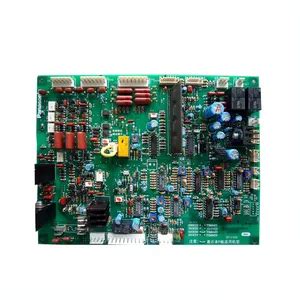
Techniques to Enhance Productivity in Electronic Design
Enhancing productivity in electronic design, particularly in pcb assembly, is crucial for meeting deadlines and reducing costs. One effective technique is the adoption of modular assembly strategies, which involve breaking down the assembly process into manageable units. This allows for parallel processing, where multiple teams can work on different modules simultaneously, thus expediting the overall pcba process. Utilizing automated equipment not only streamlines repetitive tasks but also minimizes human error, significantly improving accuracy during assembly. Furthermore, implementing rigorous quality control measures at each stage of the pcb assembly can help identify issues early on, preventing rework and delays. Continuous training for team members on the latest tools and methodologies also contributes to higher efficiency, as a well-informed workforce can adapt quickly to new challenges in the design landscape. Lastly, the integration of advanced project management tools facilitates better communication and coordination among team members, ensuring that resources are optimally allocated and timelines are adhered to with greater ease. By focusing on these areas, teams can achieve a marked increase in productivity within their electronic design processes.

Case Studies: Successful Prototype Assemblies
Analyzing previous pcb assembly projects offers invaluable insights into effective practices. For instance, in one notable case, a startup utilized a prototype circuit board assembly service to develop a complex electronic device. The team adopted lean methodologies that emphasized rapid iterations and customer feedback, significantly shortening the design cycle. By integrating advanced pcba tools such as automated soldering stations and detailed inspection systems, they minimized common errors often encountered in pcb assembly processes. This enhanced accuracy translated into fewer prototype revisions and reduced costs. Another example involved a large manufacturer who implemented collaborative design workshops that brought engineers and designers together early in the process. This initiative fostered clearer communication and innovation while streamlining the pcba workflow. Resultantly, the company reported an impressive 30% increase in productivity along with a substantial decrease in lead time for prototype assemblies. Such case studies not only illustrate successful techniques but also highlight best practices that can serve as benchmarks for other organizations aiming to elevate their prototype circuit board assembly efficiency and effectiveness.
Future Trends in Circuit Board Assembly Techniques
As the electronics industry advances, pcb assembly techniques are evolving to meet the increasing demands for efficiency and precision. One significant trend is the integration of automation in pcba processes, which facilitates faster assembly while minimizing human error. Additionally, advancements in software tools are enabling engineers to simulate and test circuit designs before actual production, streamlining the entire workflow. There is also a growing emphasis on modular assembly methods, allowing for more flexible and scalable designs that cater to rapid prototyping needs. Moreover, the rise of IoT devices is pushing the need for smaller and more compact circuit board assemblies, prompting innovations that enhance miniaturization without compromising functionality. As sustainability becomes a significant concern, eco-friendly materials and low-energy manufacturing techniques are becoming preferred choices in design considerations. Together, these trends not only enhance productivity but also contribute to creating more efficient and sustainable electronic products in an ever-evolving marketplace.
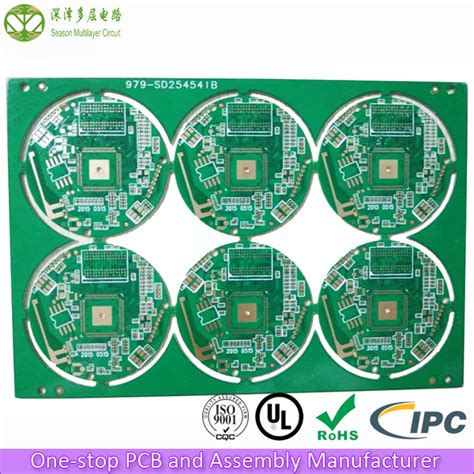
Conclusion
In summary, efficient pcb assembly techniques are crucial for optimizing the prototype circuit board assembly process. By adhering to best practices and utilizing the right tools, teams can significantly reduce errors and improve overall productivity. Emphasizing the importance of planning and organization, the integration of modern pcba technologies can streamline workflows, allowing for quicker turnaround times without compromising quality. Moreover, embracing new methodologies and tools not only enhances assembly efficiency but also prepares teams to adapt to future advancements in electronic design. As we look toward the future of pcb assembly, ongoing innovation will likely present even more opportunities for enhancing productivity and accuracy in our assemblies. By prioritizing these best practices and remaining vigilant for emerging trends, manufacturers can ensure their prototype circuits remain competitive in an ever-evolving market landscape.
FAQs
What is prototype circuit board assembly (PCBA)?
Prototype Circuit Board Assembly (PCBA) refers to the process of creating a functional electronic board using a prototype design. This phase is crucial in evaluating the performance and functionality of electronic devices before mass production.
Why is it important to streamline the PCB assembly process?
Streamlining the PCB assembly process helps reduce costs and time while minimizing errors that can occur during development. Efficient methods enhance productivity, allowing teams to focus on more complex design tasks instead of repetitive assembly issues.
What best practices should be followed for effective PCBA?
Some best practices include thorough planning of the assembly process, utilizing quality components, and implementing rigorous testing protocols. Being meticulous in each step leads to higher success rates in prototype validation.
What tools are essential for prototype circuit board assembly?
Essential tools for effective circuit board assembly include soldering stations, pick-and-place machines, and inspection equipment. These tools help ensure precision and quality during the PCBA process.
How can common errors during PCB assembly be avoided?
To avoid common errors, implement strict quality checks at each stage of production. Training team members on potential pitfalls and establishing standardized procedures can significantly reduce mistakes throughout the PCBA workflow.

